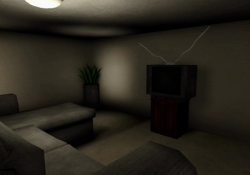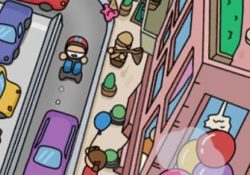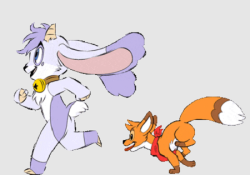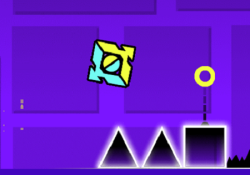Sonic Eyx begins with a nostalgic introduction, echoing the classic platformer structure of early 2D games. But very quickly, this sense of familiarity begins to deteriorate. The colors become distorted, the music falters, and the rules stop behaving as expected. Players are introduced to a corrupted version of the world they thought they knew, where cheerful design elements are replaced with unpredictable changes in structure and pacing. The character you control might look like Sonic, but the game makes it clear that something is occupying his place — something that shouldn’t be there.
Glitches That Aren’t Accidents
The core experience of Sonic Eyx revolves around distortion. Levels begin normally but start to break apart as you play. The screen may glitch, menus might behave incorrectly, and sections of gameplay will loop or collapse unexpectedly. These aren’t technical flaws but deliberate disruptions. The player’s ability to understand the layout and rules of the game world becomes a target. Every time you think you understand the structure, Sonic Eyx changes it. Even basic functions like saving progress or quitting the game can become unpredictable.
Key features found in Sonic Eyx:
- Classic side-scrolling gameplay layered with meta-horror mechanics
- Staged glitches that alter level flow and distort visual cues
- Disrupted menus and interface manipulation
- Shifts in character behavior and identity mid-game
- Hidden paths and events triggered through unusual player actions
- A storyline that unfolds through visual symbols rather than direct dialogue
More Than a Game
As Sonic Eyx progresses, the player is no longer just guiding a character through levels. Instead, the game begins addressing the player directly, breaking the wall between interface and narrative. Your actions feel observed. Traditional enemies are replaced with moments of inaction and discomfort. The game plays with silence, pauses, and empty spaces. There are long stretches without music, long walks without enemies — followed by sudden, sharp interruptions that seem aimed not at your character, but at you. Progression becomes more psychological than mechanical.
No Reset Is Clean
Even after completing a session of Sonic Eyx, traces of the game seem to remain. Save files may behave strangely, start screens may carry over odd artifacts, and trying to replay the game doesn’t always lead to the same content. The experience resists repetition in ways that feel intentional. While the game gives the appearance of having an ending, it never really feels like one. The message is unclear, fragmented across glitched moments and corrupted screens, but its effect is lasting. Sonic Eyx uses nostalgia as an entry point, but its purpose is to question what players expect from a familiar space — and what happens when that space rejects them.




























